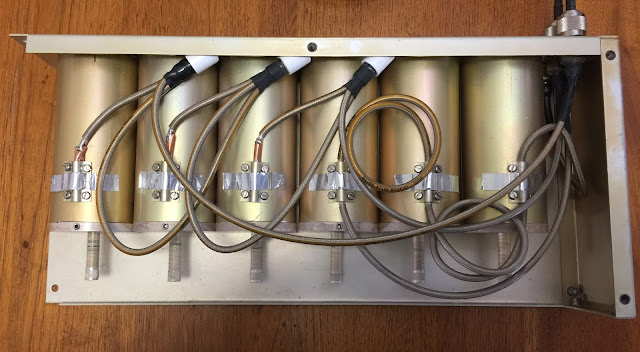Building a MMDVM multi-digital mode repeater
Building a MMDVM multi-digital mode repeater- DRAFT 24/2/2017 Introduction Very draft. Will write more as I go. Everything has arrived and I am starting to put it together. Facebook and Yahoo https://www.facebook.com/MMDVM/ https://groups.yahoo.com/neo/groups/mmdvm How to do everything _Interfacing the CDM 1250 to MMDVM board.pdf in Yahoo files. For 1.01 board and updated files. https://www.f5uii.net/en/installation-calibration-adjustment-tunning-mmdvm-mmdvmhost-raspberry-motorola-gm360/ (Good but had trouble connecting via the network. Will go back to full desktop) DMR-UTAH MMDVM XFCE Raspberry Pi Image * * by Chris Andrist, KC7WSU * * https://github.com/candrist/mmdvm-image * * kc7wsu@dmr-utah.net http://digiham.boards.net/thread/13/dmr-repeater Another, includes CDM1550LS code plugs https://www.facebook.com/MMDVM/ Posts...











